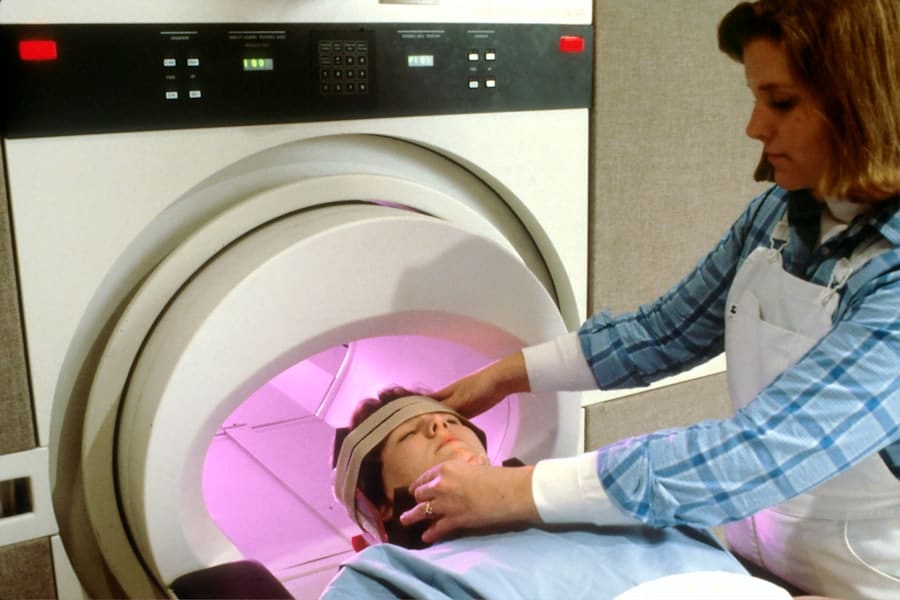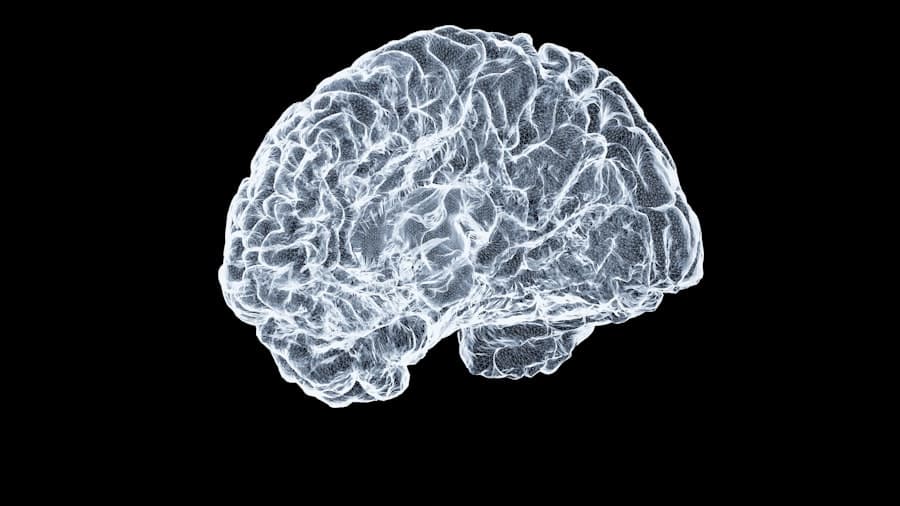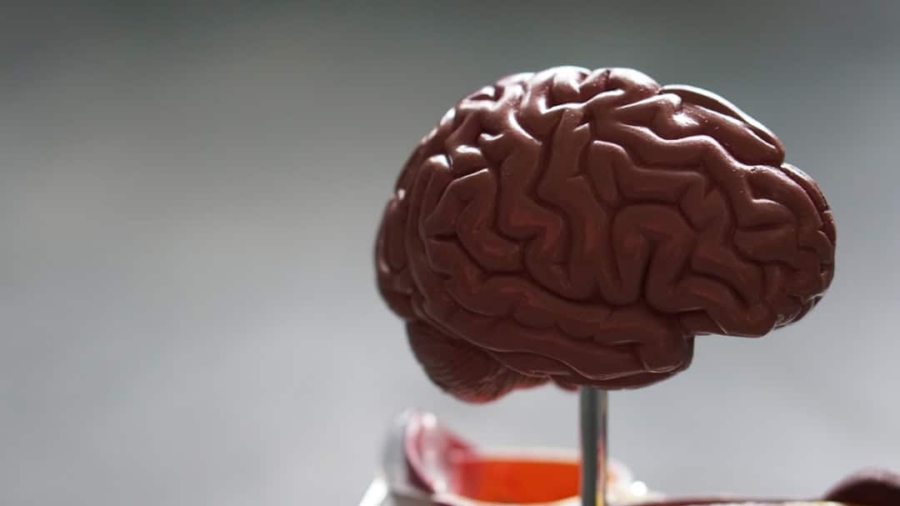The advent of artificial intelligence (AI) has ushered in a new era in various fields, including education and healthcare. One of the most promising applications of AI lies in its potential to detect learning disabilities at an earlier stage than traditional methods allow. Learning disabilities, which affect a significant portion of the population, can hinder academic performance and social development if not identified and addressed promptly.
Early detection is crucial, as it enables timely interventions that can significantly improve outcomes for affected individuals. AI technologies, with their ability to analyze vast amounts of data and identify patterns, offer innovative solutions to the challenges associated with early detection. AI systems can process information from diverse sources, including educational assessments, behavioral observations, and even neuroimaging data.
By leveraging machine learning algorithms, these systems can identify subtle indicators of learning disabilities that may go unnoticed by educators or clinicians. This capability not only enhances the accuracy of diagnoses but also allows for a more personalized approach to intervention strategies. As we delve deeper into the current challenges faced in early detection, it becomes evident that integrating AI into this process could revolutionize how we understand and support individuals with learning disabilities.
Key Takeaways
- AI can play a crucial role in detecting learning disabilities at an earlier stage, leading to better intervention and support for affected individuals.
- Current challenges in early detection of learning disabilities include limited resources, lack of standardized screening tools, and the subjective nature of assessments.
- AI can help in early detection of learning disabilities by analyzing large datasets, identifying patterns, and providing more objective and accurate assessments.
- Early detection of learning disabilities through AI can lead to improved academic outcomes, better mental health, and increased opportunities for affected individuals.
- Ethical considerations of using AI in early detection of learning disabilities include privacy concerns, potential biases in algorithms, and the need for informed consent and transparency in the use of AI technology.
The Current Challenges in Early Detection of Learning Disabilities
Despite the growing awareness of learning disabilities, early detection remains fraught with challenges. One significant hurdle is the variability in how these disabilities manifest across different individuals. Symptoms can range from difficulties in reading and writing to challenges in mathematics and social interactions, making it difficult for educators and parents to recognize when a child may need additional support.
Furthermore, many children may exhibit signs of learning difficulties that are mistaken for behavioral issues or lack of motivation, leading to misdiagnosis or delayed intervention. Another challenge is the limited access to specialized resources and trained professionals who can conduct thorough assessments. In many educational settings, teachers are often overwhelmed with large class sizes and insufficient training in recognizing learning disabilities.
This lack of expertise can result in missed opportunities for early intervention. Additionally, socioeconomic factors can exacerbate these challenges; children from disadvantaged backgrounds may not receive the necessary evaluations due to financial constraints or lack of access to healthcare services. Consequently, many children with learning disabilities remain undiagnosed until they face significant academic challenges, which could have been mitigated through earlier detection.
How AI Can Help in Early Detection of Learning Disabilities

AI has the potential to transform the landscape of early detection by providing tools that enhance the identification process. Machine learning algorithms can analyze data from various sources, such as standardized test scores, classroom performance metrics, and even social-emotional assessments. By identifying patterns and correlations within this data, AI systems can flag students who may be at risk for learning disabilities long before traditional assessments would typically catch them.
For instance, an AI model could analyze a child’s reading fluency over time and detect deviations from expected progress, prompting further evaluation. Moreover, AI can facilitate a more comprehensive understanding of a child’s learning profile by integrating data from multiple domains. For example, natural language processing (NLP) techniques can be employed to analyze written work for signs of dyslexia or other language-based learning disabilities.
Similarly, AI-driven tools can assess cognitive skills through interactive games or assessments that adapt to a child’s responses, providing real-time feedback on areas of concern. This multifaceted approach not only enhances the accuracy of early detection but also empowers educators and parents with actionable insights that can guide intervention strategies.
The Potential Benefits of Early Detection of Learning Disabilities
The benefits of early detection of learning disabilities are profound and far-reaching. When learning disabilities are identified early, children can receive targeted interventions that cater to their specific needs. This proactive approach can lead to improved academic performance, increased self-esteem, and better social interactions.
For instance, a child diagnosed with dyslexia at an early age may benefit from specialized reading programs that employ multisensory techniques, allowing them to develop essential literacy skills more effectively than if they were identified later. Additionally, early detection can alleviate some of the emotional and psychological burdens associated with undiagnosed learning disabilities. Children who struggle without understanding the reasons for their difficulties often experience frustration, anxiety, and a sense of isolation.
By providing clarity through early diagnosis, families can foster a supportive environment that encourages resilience and growth. Furthermore, early intervention can reduce the long-term costs associated with special education services and remedial programs by addressing issues before they escalate into more significant challenges.
The Ethical Considerations of Using AI in Early Detection of Learning Disabilities
While the integration of AI into the early detection of learning disabilities presents numerous advantages, it also raises important ethical considerations that must be addressed. One primary concern is the potential for bias in AI algorithms. If the data used to train these systems is not representative of diverse populations, there is a risk that certain groups may be misidentified or overlooked entirely.
This could exacerbate existing disparities in educational outcomes and access to resources for marginalized communities. Moreover, the use of AI in sensitive areas such as education necessitates careful consideration of privacy and data security. The collection and analysis of personal information about children must be conducted with strict adherence to ethical guidelines and regulations to protect their rights.
Parents and guardians should be informed about how their children’s data will be used and have the option to consent or opt out of participation in AI-driven assessments. Transparency in the development and deployment of these technologies is essential to build trust among stakeholders and ensure that AI serves as a tool for empowerment rather than discrimination.
The Limitations and Risks of Using AI for Early Detection of Learning Disabilities

Despite its potential benefits, the use of AI for early detection of learning disabilities is not without limitations and risks. One significant concern is the reliance on technology over human judgment. While AI can analyze data efficiently, it lacks the nuanced understanding that trained professionals possess when interpreting results within the context of a child’s unique circumstances.
Over-reliance on AI could lead to situations where critical insights from educators or clinicians are overlooked in favor of algorithmic recommendations. Additionally, there is a risk that AI-driven assessments may inadvertently pathologize normal variations in learning styles or behaviors. Children develop at different rates, and what may appear as a learning disability in one context could simply be a reflection of individual differences in cognitive processing or environmental factors.
The Future of AI in Early Detection of Learning Disabilities
Looking ahead, the future of AI in early detection of learning disabilities holds great promise as technology continues to evolve. Advances in machine learning algorithms will likely enhance their ability to identify subtle patterns indicative of learning disabilities across diverse populations. As more data becomes available from various educational settings, AI systems can be refined to improve their accuracy and reliability further.
Moreover, collaboration between educators, clinicians, researchers, and technologists will be crucial in shaping the future landscape of AI applications in this field. By fostering interdisciplinary partnerships, stakeholders can ensure that AI tools are developed with a deep understanding of educational practices and child development principles. This collaborative approach will help create solutions that are not only effective but also ethically sound and culturally sensitive.
As we move forward, it will be essential to prioritize ongoing research into the efficacy and impact of AI-driven interventions on student outcomes. Longitudinal studies will provide valuable insights into how early detection through AI influences academic trajectories and overall well-being for children with learning disabilities.
The Importance of Integrating AI in Early Detection of Learning Disabilities
The integration of artificial intelligence into the early detection of learning disabilities represents a transformative opportunity for educators, parents, and healthcare professionals alike. By harnessing the power of data analysis and machine learning, we can identify children at risk more accurately and efficiently than ever before. However, this journey must be approached with caution; ethical considerations surrounding bias, privacy, and human judgment must remain at the forefront as we navigate this complex landscape.
Ultimately, the goal is not merely to implement technology for its own sake but to enhance our understanding and support for children with learning disabilities. By embracing AI as a tool for empowerment rather than replacement, we can create an educational environment where every child has the opportunity to thrive academically and socially. The future holds immense potential for improving outcomes through early detection; it is our responsibility to ensure that this potential is realized thoughtfully and inclusively.
In a related article discussing the best niche for affiliate marketing in TikTok, it is important to consider the potential impact of AI in detecting learning disabilities earlier. By understanding the latest trends and technologies in social media platforms like TikTok, educators and parents can leverage these tools to identify and support students who may be struggling with learning disabilities. To learn more about affiliate marketing in TikTok, check out this article.
FAQs
What is the role of AI in detecting learning disabilities earlier?
AI can play a crucial role in detecting learning disabilities earlier by analyzing large amounts of data to identify patterns and indicators of potential learning difficulties. This can lead to earlier intervention and support for individuals with learning disabilities.
How does AI help in early detection of learning disabilities?
AI can help in early detection of learning disabilities by analyzing various types of data, such as academic performance, behavior patterns, and cognitive assessments, to identify potential indicators of learning difficulties. This can enable educators and healthcare professionals to intervene and provide support at an earlier stage.
What are the benefits of using AI for early detection of learning disabilities?
Using AI for early detection of learning disabilities can lead to earlier intervention and support for individuals, which can improve their academic and social outcomes. It can also help in reducing the stigma associated with learning disabilities by providing a more objective and data-driven approach to identification.
Are there any limitations to using AI for early detection of learning disabilities?
While AI can be a valuable tool for early detection of learning disabilities, it is important to consider potential limitations, such as the need for accurate and diverse data sets, ethical considerations related to privacy and data security, and the importance of human judgment and interpretation in the diagnostic process.
How can AI be integrated into educational and healthcare settings for early detection of learning disabilities?
AI can be integrated into educational and healthcare settings for early detection of learning disabilities through the development of AI-powered assessment tools, data analysis platforms, and decision support systems that can assist educators and healthcare professionals in identifying and supporting individuals with learning difficulties.

